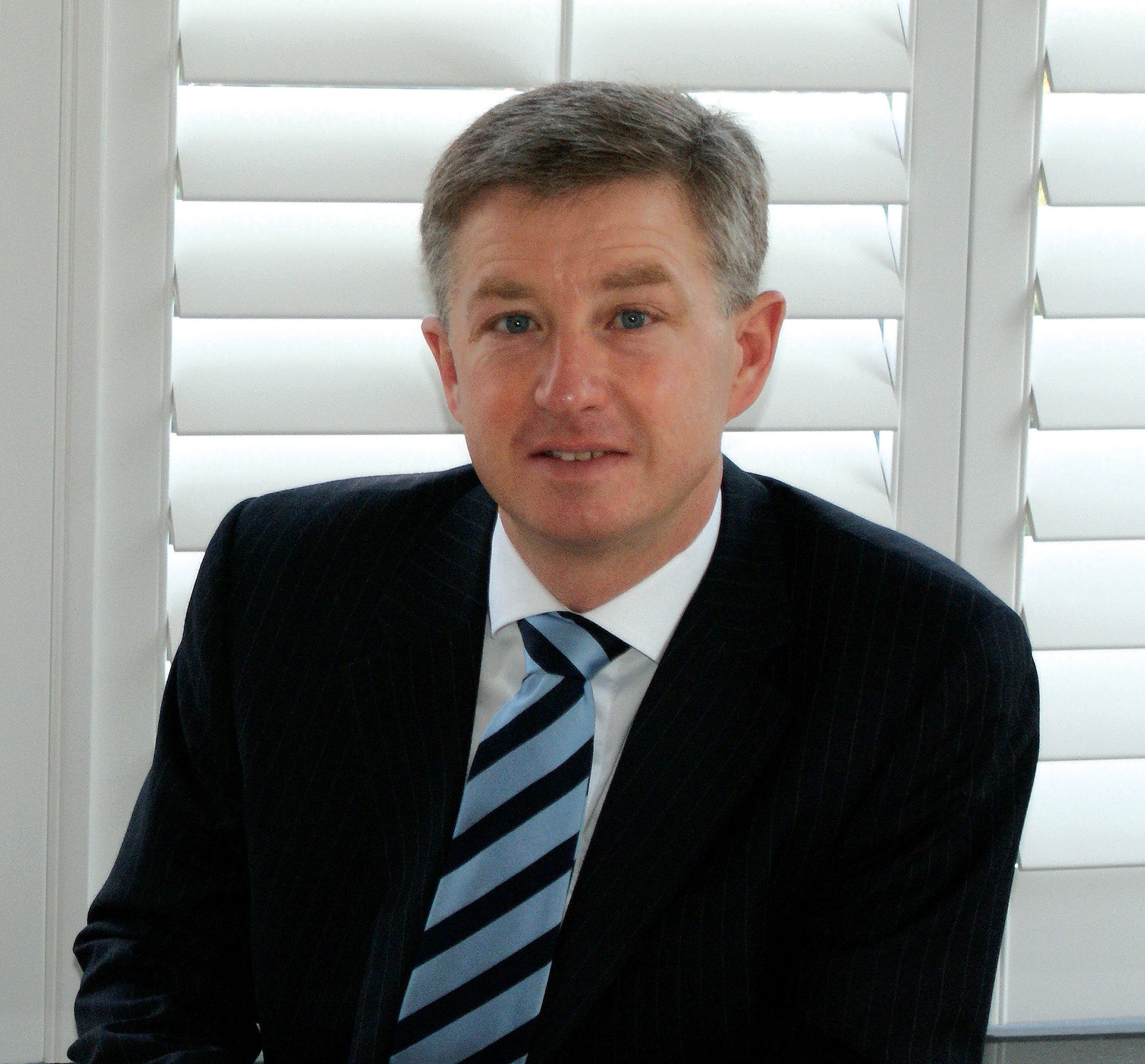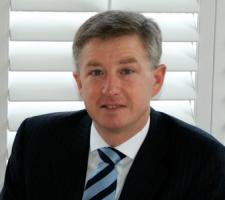
"What the recession has done is attract a lot of non-traditional players into the sector"
ACS, A Xerox Company's Cees de Wijs talks about post-recession recovery and what we might expect to see in the coming years
Although, by technical definition, many of the countries affected by the recent global economic downturn are now out of recession, the reality is that a good number still face major budgetary problems and spending restrictions. Inevitably, it's about confidence and it's not unusual or even unwelcome to see politicians and business people looking to talk up recovery. But what is the reality, and how does that affect the ITS industry?
In some respects, by virtue of being an intrinsic part of major, multi-year infrastructural projects, ITS has been shielded from the worst of things and many have looked to see this carry the industry through. At the same time, there are legitimate concerns that a prolonged and slow recovery will see that 'bow wave' of protective spending run out of energy. In that case, ITS has still to feel the effects of economic contraction.Cees de Wijs, senior vice president international operations of
"On the one hand, it's indisputable that at the moment certain countries and regions have returned to growth. By definition that's a good sign - it means an increased need for mobility and the infrastructure which moves people and goods. On the other, and at the same time, it's without doubt that the global recession forced governments to provide significant funding for operations and that that money is no longer available to fund new mobility initiatives," he says.
"I don't think ITS has been 'unlucky'; stimulus funding did cover transport but it's difficult to track the effects with hard facts and figures." What has emerged from the recession is a clear need for governments to be more creative when it comes to funding mechanisms, he feels.
"It would be a natural thing to do to engage more with industry and I can foresee Public-Private Partnerships [PPPs] becoming much more common."
PPPs, and their appropriateness, have come in for a lot of criticism from some quarters but de Wijs sees a definite place for them - in the right context.
"Irrespective of the business model, it should start with a very clear vision which looks long-term at a country's or regions sustainable development. That should include co-modality, how and where those co-modal hubs, including airports, harbours and centres of commerce, are sited, and how they all interact. With such a 'road map' you've a greater chance of success by comparison with a piecemeal, project-by-project approach. In Asia and the Middle East, PPPs have been very successful, although working on greenfield sites and so not having to deal with legacy systems has perhaps made things easier. PPPs, build-operate-transfer and other public-private arrangements are already common in the US. Europe still needs to grow in this respect, and Eastern Europe offers significant growth potential."
Stimulus successes
Any debate over Keynesian economics and whether stimulus funding has succeeded or failed has also to be viewed in a wider context than is perhaps currently the case, de Wijs feels.
"Again, it's not easy to track with hard facts and figures success or failure. I'm not aware of any detailed overview, although such a thing would make for very interesting reading. The pressure of economic turmoil increases the pressure for innovation, however."What the recession has done is attract a lot of non-traditional players into the sector. Now, it's not just about the monolithic technology companies.
"That's an interesting paradox and might seem to be contradictory. It isn't, it's multi-dimensional development. My expectation is that this will continue, because where's the need for future innovative services? It's among the infra-intensive industries - telecoms, energy, transport and banking. Connecting these in new ways leads to new services. Open payment systems provide a good example and are going to play a very big part in making public transport use more convenient.
"Other juxtapositions are occurring as a consequence of what the traditional transportation operators are doing. Train operators, for instance, aren't only looking to expand their existing networks but are also considering how their established operations coincide with collocated car-sharing initiatives. This isn't just a dream; we're actually seeing organisations looking to experiment with this."
The big/small mix
New business models will continue to emerge, ensuring the survival of smaller, more flexible and innovative companies, he thinks."The payment and reservation services which span regions, countries, continents and modal types will continue to be the domain of a limited number of players such as ACS, A Xerox Company, which positions itself as a service provisioner. But there's still going to be plenty of space for companies to come up with applications we haven't even thought of yet. I can see space on my iPhone for apps which will allow me to reserve a place in a shared car or find an electric charging point within 200km.
"There's going to be huge demand for nice, targeted apps over the next decade. Not all of those are going to be developed by the main players - there's still going to be plenty of space for entrepreneurship. I think we'll see the major, existing ITS players diversify their portfolios somewhat: they won't just focus on one mode. That might mean companies such as ACS, A Xerox Company combining payment with parking and road user charging, for instance. Then there'll be that layer of small, smart companies developing consumer-driven transportation-oriented apps. One of the service provisioners' future roles will be going out and shopping for that expertise on governments' behalves. That's going to be especially relevant where major framework contracts are the preferred method of procurement."
Role evolution
All this, according to de Wijs, ought to force a change in the public sector's role."In Europe, the main task for the
"That means guiding, facilitating and assimilating but leaving the main industry players to get on with actual technological development. It doesn't exclude technologically innovative initiatives from being developed in a joint model. I'm very excited by what the EC's DG Information Society is doing with its digital agenda, for example. This is very relevant, because it takes a look at the whole spectrum of people's lives - how they will work and live, and where, and the effects on mobility. In doing so, it addresses the key need into the next decade, which is how individuals' life balance will affect the use of information services."
Growth hotspots
ITS has long been viewed as the poor cousin of infrastructure construction and there are continuing calls for its utility to be pushed harder, such that its importance grows. However, say de Wijs, almost by definition that's already happening."The overall percentage of money spent on ITS will certainly grow. Naturally, the spends on asphalt, concrete and railway track will continue to be significant as large new infrastructures are built in China and Asia but also the Middle East, South Africa and South America. However, the ITS market has matured in the past decade and people are now looking in parallel at how to design ITS services which support the hard infrastructure. With new networks comes smarter traffic and incident management and people are looking ahead. The question in Saudi Arabia or the UAE, for instance, is not just 'How can we implement smart and convenient ticketing services?' but 'How can we then evolve them?' We can always talk about the need to accelerate ITS's deployment but that is already happening.
"Geographically, I've high expectations of what's going on in South America in the next few years, China, for sure, but I'm also following closely what's happening in the Russian Federation.
"For all the talk of the opportunity that a greenfield site offers in terms of doing something radically new and different, I think the reality is that many of these new deployments will contain a lot that is already very familiar. Where we will see dramatic change is in the time to market, because there are no legacy systems to consider and because a lot of learning can be bought in.
"What we as a company are trying to do on greenfield sites is design to the concept of 'Smart Simplicity'. What that means is starting operations with at least some services in place and then getting smarter over time. What we shouldn't, and don't, look to do is overcomplicate the Day One service; it's a much smarter strategy to reduce things down to a level which is launchable. Open payment systems, track and trace, road user charging, the latest communications devices; it makes sense to be smart and use all the latest devices. But keeping the functional models simple in the early stages encourages user take-up and engenders trust, something which is very difficult to regain once lost."






